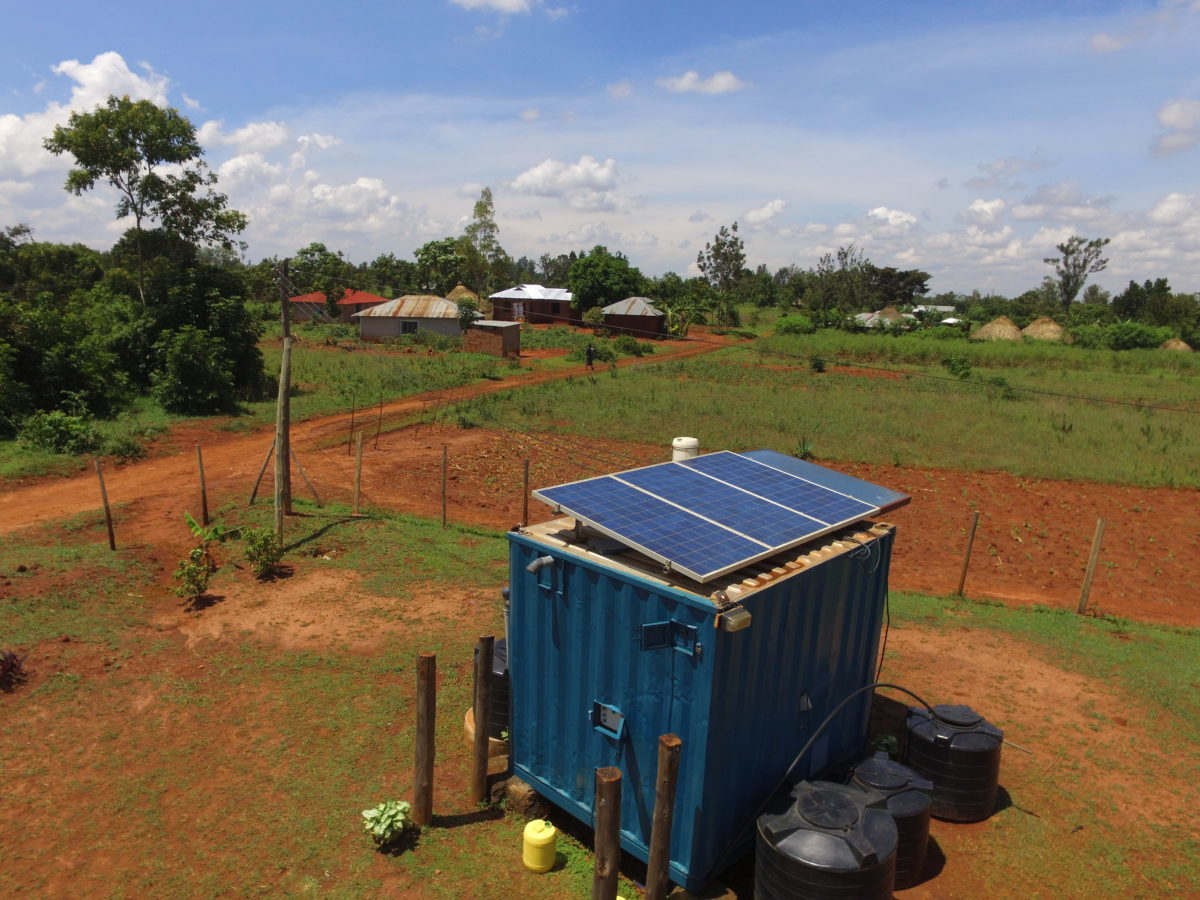While overall progress falls short on meeting Sustainable Development Goal 7 (SDG7), which calls for “access to affordable, reliable, sustainable and modern energy for all” by 2030, encouraging progress has been seen in certain areas and specific countries.
Drafted in cooperation between the International Energy Agency (IEA), the International Renewable Energy Agency (IRENA), United Nations Statistics Division (UNSD), the World Bank (WB), and the World Health Organization (WHO), Tracking SDG7: The Energy Progress Report finds that electrification and energy efficiency are gathering pace, renewables are penetrating the electricity sector at an impressive pace, although this is not being matched in transportation and heating, while clean cooking is lagging far behind the target.
Access to electricity: the power of off-grid solar
Expansion of access to electricity in poorer countries has recently begun to accelerate, with progress overtaking population growth for the first time in sub-Saharan Africa, the report finds, noting that one billion people – or 13% of the world’s population – still live without electricity, mostly in Sub-Saharan Africa, and Central and South Asia.
Although universal access to electricity remains beyond reach, since at the current pace there will be an estimated 674 million people still without electricity in 2030, the number of people gaining access to power has been accelerating since 2010.
Strongest progress has been seen in Bangladesh, Ethiopia, Kenya and Tanzania, which have increased electricity access by 3% or more annually between 2010 and 2016.
This result comes on the back of improved electricity access through solar home systems, which now power tens of millions of households, states the report.
However, it goes on to show that the adoption of off-grid solar solutions remains concentrated in about a handful of countries, where it already reaches as much as 5-15% of the population, or more.
Therefore, the report notes that identifying the barriers to implementation of low-cost, off-grid solar solutions is a crucial priority for policymakers, while the private sector can increasingly play a role in catalyzing the uptake of off-grid solar solutions, underscoring the importance of a suitable enabling environment for new technologies, as well as strategic planning that clearly delineates the role for both grid and off-grid approaches
Falling short
Progress on increasing the share of renewables in the energy mix is set to fall short of the 2030 target, finds the report.
Namely, as of 2015, the world obtained 17.5% of its total final energy consumption from renewable sources. Based on current policies, this share is expected to reach just 21% by 2030, with modern renewables, such as geothermal, hydropower, solar and wind, growing to 15%, thus falling short of the substantial increase demanded by the SDG7 target.
The report underlines that progress in electricity, where rapidly falling costs of wind and solar have driven the uptake, is not yet matched by heating and transport.
For instance, renewables amounted to 22.8% in 2015, but electricity amounted to only 20% of total final energy consumption that year, highlighting the need to accelerate progress in transport, which is rising rapidly though from a very low base of 2.8% in 2015, and heating, which barely increased in recent years and stood at 24.8% in 2015.
The report also identifies the countries leading the charge in renewables adoption, including China, which alone accounted for nearly 30% of absolute growth in renewable consumption globally in 2015, Brazil, as the the only country to substantially exceed the global average renewable share in all end uses – electricity, transport and heating – and the U.K., the total final energy consumption of which grew by 1% annually on average since 2010 – more than five times the global average.
Energy efficiency, clean cooking
Economic growth outpaced growth in energy use in all regions, except from Western Asia. The report shows that energy intensity – the ratio of energy used per unit of GDP – fell at an accelerating pace of 2.8% in 2015, improving the average annual decline in energy intensity to 2.2 % for the period 2010-2015, but still lagging behind the 2.6% yearly decline needed to meet the SDG7 target by 2030.
Meanwhile, particularly encouraging was improvement in industrial energy intensity, at 2.7% per annum since 2010, as this is the largest energy consuming sector overall.
The most critical among the four energy targets is clean cooking, due to low consumer awareness, financing gaps, slow technological progress, and lack of infrastructure for fuel production and distribution.
According to the report, if the current trajectory continues, 2.3 billion people will continue to use traditional cooking methods in 2030, which are currently responsible for some four million deaths linked to indoor pollution a year.
By Marija Djordjevic
This content is protected by copyright and may not be reused. If you want to cooperate with us and would like to reuse some of our content, please contact: editors@pv-magazine.com.








By submitting this form you agree to pv magazine using your data for the purposes of publishing your comment.
Your personal data will only be disclosed or otherwise transmitted to third parties for the purposes of spam filtering or if this is necessary for technical maintenance of the website. Any other transfer to third parties will not take place unless this is justified on the basis of applicable data protection regulations or if pv magazine is legally obliged to do so.
You may revoke this consent at any time with effect for the future, in which case your personal data will be deleted immediately. Otherwise, your data will be deleted if pv magazine has processed your request or the purpose of data storage is fulfilled.
Further information on data privacy can be found in our Data Protection Policy.